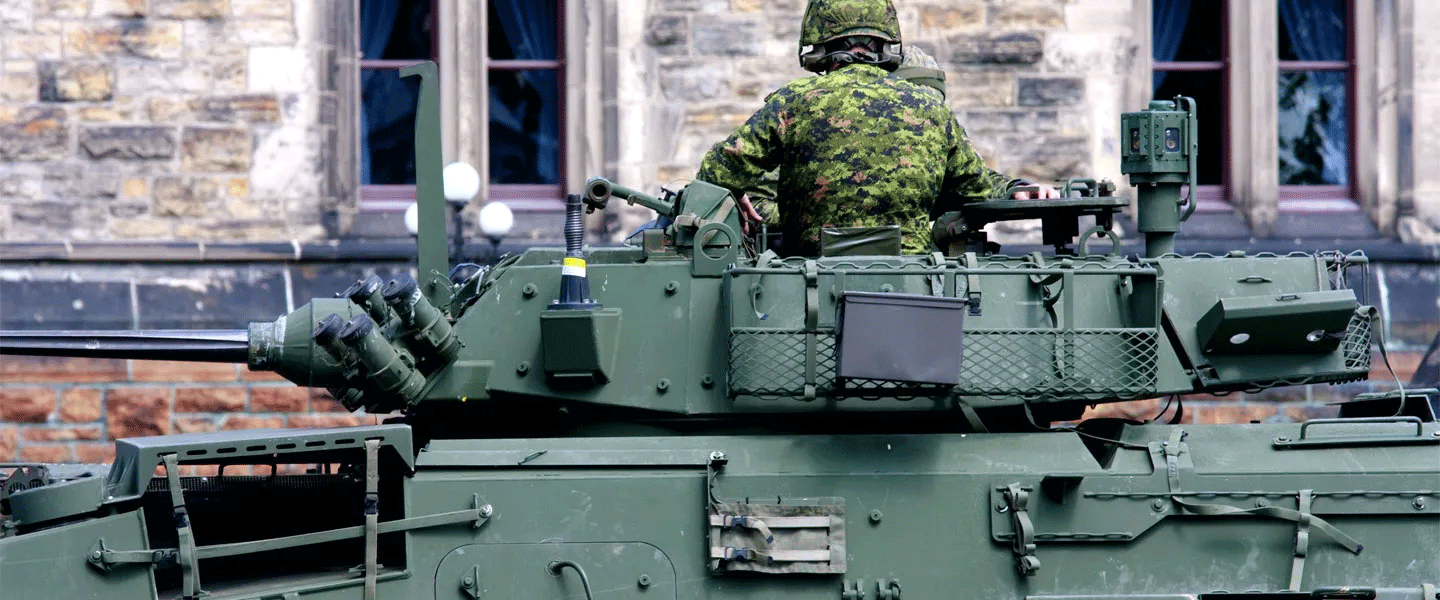By Jake Fuss and Grady Munro
Fraser Institute
As part of this year’s NATO summit, Canada and its allies committed to increase annual military spending to reach 5 per cent of gross domestic product (GDP) by 2035. While this commitment—and the government’s recent push to meet the previous spending target of 2 per cent of GDP—are important steps in fulfilling Canada’s obligations to the alliance, there are major challenges the federal government will need to overcome to execute these plans.
Since 2014, members of the North Atlantic Treaty Organization (NATO) have committed to spend at least 2 per cent of GDP (a measure of overall economic output) on national defense. Canada had long-failed to fulfill this commitment, to the ire of our allies, until the Carney government recently announced a $9.3 billion boost to defense spending (up to a total of $62.7 billion) that will get us to 2 per cent of GDP during the 2025/26 fiscal year.
However, just as Canada reached the old target, the goalposts have now moved. As part of the 2025 NATO summit, alliance members (including Canada) committed to reach an increased spending target of 5 per cent of GDP in 10 years. The new target is made up of two components: core military spending equivalent to 3.5 per cent of GDP, and another 1.5 per cent of GDP for other defense-related spending.
National defense is a core function of the federal government and the Carney government deserves credit for prioritizing its NATO commitments given that past governments of different political stripes have failed to do so. Moreover, the government is ensuring that Canada remains in step with its allies in an increasingly dangerous world.
However, there are major challenges that arise once you consider how the government will execute these commitments.
First, both the announcement that Canada will reach 2 per cent of GDP in military spending this fiscal year, and the future commitment to spend up to 3.5 per cent of GDP on defense by 2035, represent major fiscal commitments that Canada’s budget cannot simply absorb in its current state.
To reach 2 per cent of GDP this year, the federal government is committing an additional $9.3 billion towards the military budget. Moreover, to reach 3.5 per cent of GDP by 2035, it’s estimated the government will need to raise yearly spending by an additional $50 billion—effectively doubling the annual defense budget from $62.7 billion to approximately $110 billion. However, based on the last official federal fiscal update, the federal government already plans to run an annual deficit this year—meaning it spends more than it collects in revenue—numbering in the tens of billions, and will continue running large deficits for the foreseeable future.
Given this poor state of finances, the government is left with three main options to fund increased military spending: raise taxes, borrow the money, or cut spending in other areas.
The first two options are non-starters. Canadian families already struggle under a tax burden that sees them spend more on taxes than on food, shelter, and clothing combined. Moreover, raising taxes inhibits economic growth and the prosperity of Canadians by reducing the incentives to work, save, invest, or start a business.
Borrowing the money to fund this new defense spending will put future generations of Canadians in a precarious situation. When governments borrow money and accumulate debt (total federal debt is expected to reach $2.3 trillion in 2025-26), the burden of this debt falls squarely on the backs of Canadians—likely in the form of higher taxes in the future. Put differently, each dollar we borrow today must be paid back by more than a dollar in higher taxes tomorrow.
This leaves cutting spending elsewhere as the best option, but one that requires the government to substantially readjusts its priorities. The federal government devotes considerable spending towards areas that are not within its core responsibilities and which shouldn’t have federal involvement in the first place. For instance, the previous government launched three major initiatives to provide national dental care, national pharmacare and national daycare, despite the fact that all three areas fall squarely under provincial jurisdiction. Instead of continuing to fund federal overreach, the Carney government should divert spending back to the core function of national defense. Further savings can be found by reducing the number of bureaucrats, eliminating corporate welfare, dropping electric vehicle subsidies, and many other mechanisms.
There is a fourth option by which the government could fund increased defense spending, which is to increase the economic growth rate within Canada and enjoy higher overall revenues. The problem is Canada has long-suffered a weak economy that will remain stagnant unless the government fundamentally changes its approach to tax and regulatory policy.
Even if the Carney government is able to successfully adjust spending priorities to account for new military funding, there are further issues that may inhibit money from being spent effectively.
It is a well-documented problem that military spending in Canada is often poorly executed. A series of reports from the auditor general in recent years have highlighted issues with the readiness of Canada’s fighter force, delays in supplying the military with necessary materials (e.g. spare parts, uniforms, or rations), as well as delays in delivering combat and non-combat ships needed to fulfill domestic and international obligations. All three of these cases represent instances in which poor planning and issues with procurement and supply chains) are preventing government funding from translating into timely and effective military outcomes.
The Carney government has recently made major commitments to increase military funding to fulfill Canada’s NATO obligations. While this is a step in the right direction, it’s not enough to simply make the commitments, the government must execute them as well.

